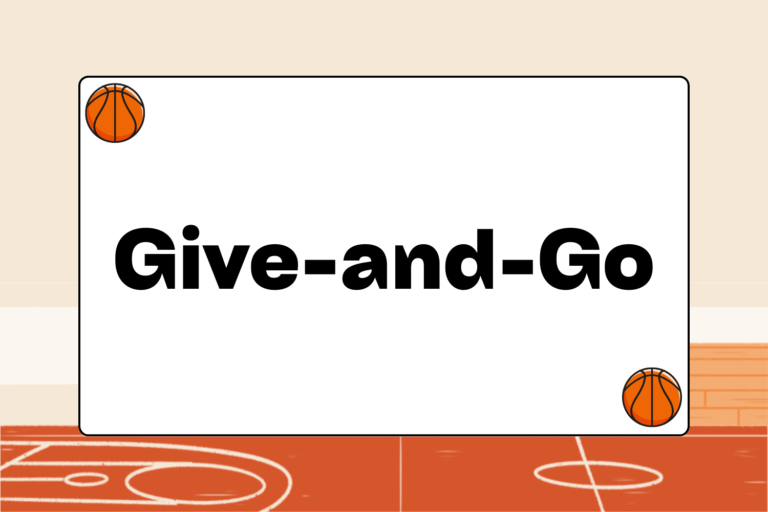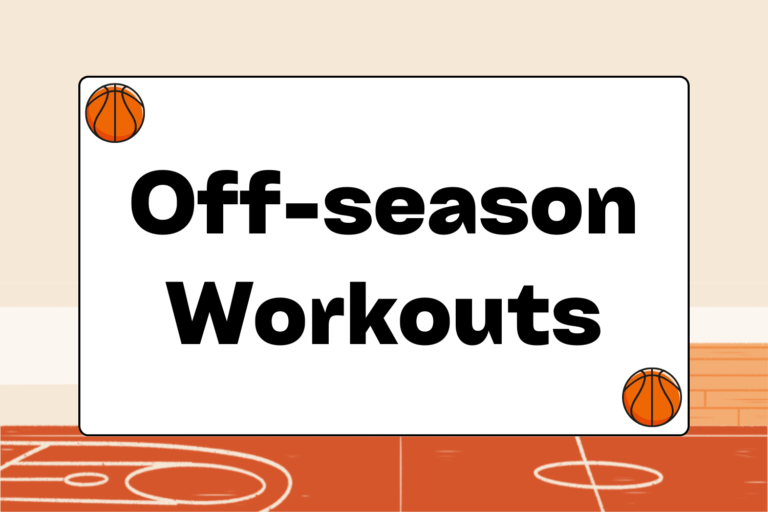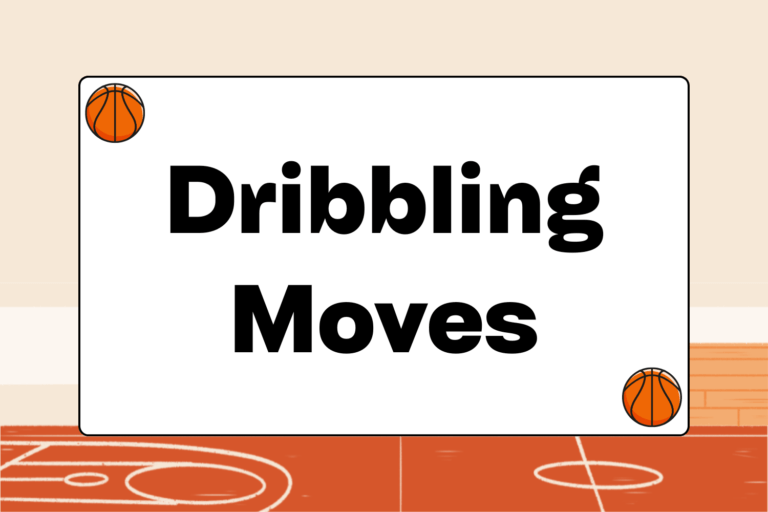Some basketball players are naturally-gifted vertical leapers. Unfortunately, most are not. Players who lack this ability tend to focus on other facets of the game, while many out-of-the-gym leapers take their talent for granted. Regardless of your jumping ability, it’s important to work on improving your vertical leap.
If this is your first time you’ve ever tried to improve your jumping ability, you can add three inches to your vertical leap with thorough, sustained muscle development. Building fast-twitch muscle fibers can improve your shooting, rebounding, and defensive abilities. The rest of this guide outlines basic exercises that will add inches to your vertical leap.
Building Your Core
Every competitive basketball player should participate in regular strength training and conditioning workouts. Foundational exercises like simple squats, bench press, crunches, and jogging will help keep you in shape.
However, these exercises will not improve your leaping ability, and they shouldn’t constitute the core of your workout routine if you want to jump higher. Before working on your springs, though, you should be able to bench close to your body weight and squat at least one-and-a-quarter times your own weight.
Fast-twitch Versus Slow-twitch
Fast-twitch muscle fibers enable short bursts of speed and explosive movements that allow you to jump high.
Naturally-gifted leapers have innately high levels of fast-twitch muscle fibers. However, these muscle fibers fatigue much more quickly than slow-twitch muscle fibers. Players who tirelessly run around the court, sprinting from one end of the floor to the other, have higher amounts of slow-twitch muscle.
Also, before working on fast-twitch muscle-building exercises, begin with light stretching and running to increase blood movement in your legs and joints. A quick warm-up improves flexibility and strength while also minimizing the risk of injury.
Fun Fact
The ratio of fast-twitch to slow-twitch muscle fibers for most people is 50/50. However, Olympic sprinters can have as high as 80 percent fast-twitch muscle.
Conditioning
The point of developing a strong vertical leap is not merely to jump high in practice or for the occasional dunk attempt. Strong players want to be able to jump as high in the final minutes of a game as they do for the opening tip-off.
Three simple exercises that improve conditioning and vertical leap at the same time are:
- Jumping rope
- Running stairs
- Baseline-to-baseline sprints
Dedicate ten minutes of your day to jumping rope and running stairs, as well as five minutes of your day to running sprints before or after practice. These exercises develop fast-twitch muscle fibers and improve conditioning at the same time.
Balance & Agility
Strengthening your shins, ankles, and feet improves your balance and agility — two necessary skill sets for sky-high leaping. The following exercises should become as essential to a player’s daily routine as dribbling a basketball or shooting at the goal. You won’t see any results if you abandon them after a month of training, though, so stick to your routine.
- One-foot balances: Stand on one foot and balance for 30 seconds with the other foot raised off of the ground. Complete ten repetitions for each foot.
- Elevated jumps: Use a step or other raised platform. Stand with your toes on the step and jump backward, landing softly on the ground. Jump immediately back onto the step, landing on your toes. Repeat this in reps of ten jumps, back-and-forth, being careful to land softly on your toes.
- Calf raises: Stand on your toes without letting your heels touch the ground. Aim for 50 repetitions of single-leg calf raises, while your other leg stays off of the ground. Add 10-pound dumbbells to your routine to build explosiveness.
Power & Explosiveness
“My attitude is that if you push me towards something that you think is a weakness, then I will turn that perceived weakness into a strength.”
Michael Jordan
World-renowned Basketball Player
Exercises that improve power and explosiveness have the biggest impact on leaping ability. The following exercises are demanding, so let your muscles rest and recover for an entire day before you target them again.
Jump Squats
The goal with jump squats is to make sure the last rep is as explosive as the first.
- Begin in a squatting position with your feet shoulder-width apart, thighs parallel to the floor, and butt just above the ground.
- Explode from the squatting position by straightening your legs and jumping off of the ground.
- Return to the squatting position after landing. Work until these can be done in sets of 10 without stopping.
One-leg Raises
One-leg raises build explosiveness and endurance, while also developing balance.
- Use a step or raised platform, and grab two ten-pound dumbbells.
- Begin from a standing position, then rise up and land using the same leg.
- Complete this exercise in sets of ten for each leg.
High Jumps
High Jumps are about maximizing your time in the air through power and explosiveness.
- Begin in a standing position and jump as high as possible.
- Minimize time on the ground by jumping again immediately after landing.
- Use your arms to rise up off of the ground quickly. Never stand on the ground for more than one second between jumps.
- Repeat in sets of 10.
The Sky’s the Limit
It’s important to remember that a huge vertical leap won’t directly lead to basketball superstardom. The ability to jump high falls to the wayside in light of many more pressing and relevant skill sets. But in a game of inches, increasing your vertical leap will help you defend, rebound, and create space on offense — which could be the difference between success and failure on the court.





